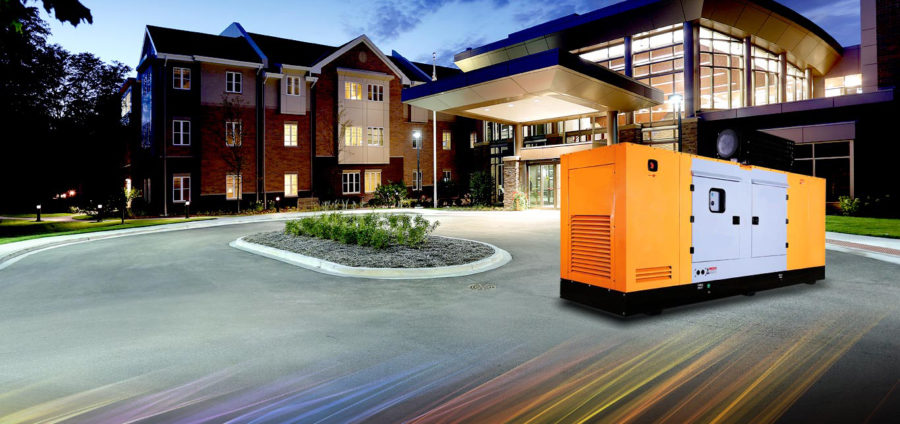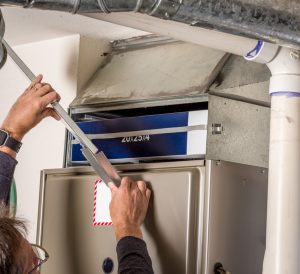Between the shutdown of the plant, falling oil prices, on-the-spot policy and economic uncertainty, renewable energy industries are preparing for a slight era. companies has opted to look at the effect of COVID-19 on utilities and its solutions and the wind and solar industries. The news has been found not to be as catastrophic as possible, as most sectors expect continuing growth, albeit at a very modest pace.
Utilities:
As travel and energy usage decline, economic recessions continue to result in lower use of resources. Case by case, power consumption in the United States took nosedives in the wake of the 2008 financial crisis, rebounded a little and sunk again. The energy consumption took a whole decade to hit levels before 2008. Whereas much of this has been attributed correctly to the recession, part of it has also been exacerbated by the U.S. government’s energy efficiency initiatives. Given the harsher nature of this economic crisis, energy demand could decrease dramatically for a long time. This causes cash flow problems for utilities that are unsustainable
As a result of the decline in the cost of gas and the current administration’s retrogression of many policies promoting clean energy, many energy firms pledged to switch from fossil fuels to renewable energy sources must be wondered if they would prolong this transition. Projects that are already underway are likely to be done, but potential issues will delay the efforts of other businesses to increase their portfolios of renewable energy. On the other side, we would expect to see solar and wind facilities start in the country where the government has vowed to replace fossil fuels by renewable substitutes, although there could be small delays due to the lack of supply.
Although the US economic stimulus package failed to give renewable energy direct help, it allocated part of the money to boost the infrastructure of the country. Perhaps some of this will be invested in intelligent grid infrastructure and in microgrids, which also make use of renewable energy resources, (essentially large-scale sustainable energy).
Solar:
The supply chain of solar panels, which will have an effect by and beyond the end of 2020, is affected by the temporary shutdown in China. Although some plants come online, others restrict production. Some photovoltaic factories in the U.S. shut down, minimize production, or even increase the production of emergency air fans (e.g., the Buffalo, N.Y. Tesla photovoltaics plant). Globally, a significant number of businesses anticipate supply shortages, while others inform consumers that supplies will remain on track until the end of 2020. Again, this means that already underway developments will proceed but could adversely affect new homes
Economic instability will likely delay major capital investments by many customers which will lead to a temporary decrease in rooftop solar facilities. Before the pandemic, industry analysts expected 25% growth in home solar plants in 2020 over the previous year; they are now expecting a 15% decline to 5%.
Nevertheless, retail purchases and services continue, contributing to questions regarding the safety and health of staff and consumers. The Solar Energy Industries and Sunrun Solar Installer Association have both guidance and best practice available in terms of mask purchases, site evaluation, design and deployment. Due to technical advancements, the norm today is remote site evaluations — including the shading analyzes. On the authorisation and inspection side a webinar called the Continued Secure Permitting and Inspection Practices is conducted by the Interstate Renewable Energy Council during COVID-19 to enable the authorities to operate safely and efficiently.
Wind Power:
Contrary to fossil fuel and nuclear power plants, which have fully-time engineers and staff at centralized locations, wind farms are very remote, spread out and require no constant attention. Technicians moving from one wind farm to the next would also be supplied with them. Some analysts estimate that wind farms, normally 95% capable, will decrease to just 85% due to COVID-19 travel problems. And new wind farms could, just like solar, be delayed due to plant shutdowns, travel restrictions and investor concerns. Experts nevertheless prevoke the construction in 2020 of 73 GW of new wind power down to pre-pandemics
Bottom Line:
Ultimately, we might expect the renewable energy industry in the coming year or two to experience a small setback, but it has gained ample momentum to continue to push forward, irrespective of the short run. The energy sector also knew better than to backtrack when top-level US policymakers sought to bridge the transition to renewables. The effect of COVID-19 on many facets of the society would be long lasting but evidence indicates that its negative influence on renewable energy development is small over the long-term.
Written by: Nimra Siddiqui
Green Energy and The Effects of Covid19




